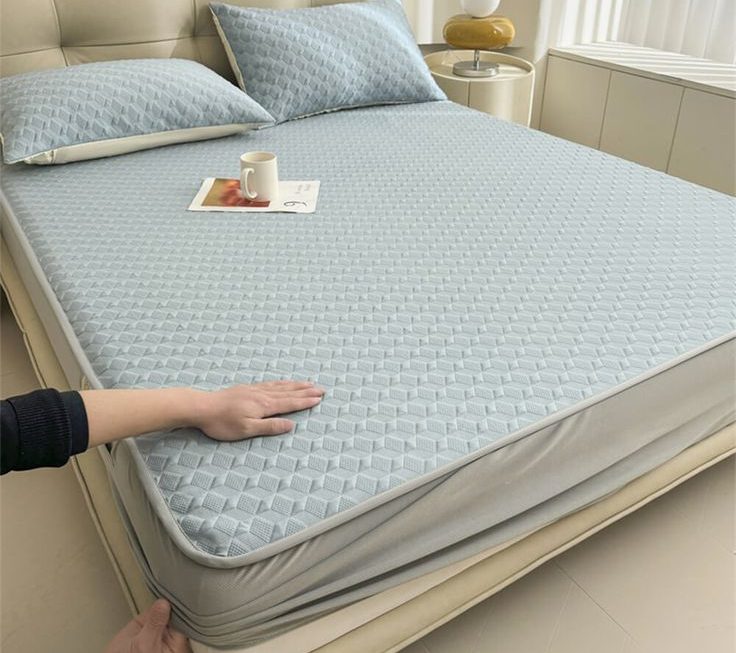How to remove acrylic paint from carpet
Acrylic paint is a popular choice for artists and DIY enthusiasts because of its vibrant colors and quick-drying properties. However, it can be a nightmare if spilled on your carpet. This guide will provide you with detailed steps on how to effectively remove acrylic paint from your carpet. We will cover various methods, tips, and precautionary measures to help you restore your carpet to its original state.
 Understanding Acrylic Paint
Understanding Acrylic Paint
How to remove acrylic paint from carpet
What is Acrylic Paint?
Acrylic paint is a water-based medium made from pigment suspended in acrylic polymer emulsion. It dries quickly and is flexible when dry, which makes it suitable for various surfaces. However, its fast-drying nature also makes it challenging to remove once it has set in.
Why It Stains Carpets
Carpets are made from various materials, including wool, nylon, and polyester. Acrylic paint can bond to these fibers as it dries, making the removal process complicated. The longer the paint remains on the carpet, the more challenging it becomes to clean.
Initial Steps for Removal
Immediate Action Is Key
If you accidentally spill acrylic paint on your carpet, immediate action is crucial. The sooner you address the stain, the easier it will be to remove.
Gather Necessary Supplies
Before you get started, gather the following items:
- Paper Towels or Cloths: For blotting up excess paint.
- Warm Water: For rinsing.
- Mild Dish Soap: To create a cleaning solution.
- White Vinegar: A natural cleaner.
- Acetone or Nail Polish Remover: Optional, for stubborn stains.
- Sponge or Soft Brush: For scrubbing.
- Bucket: For mixing your cleaning solutions.
- Spray Bottle: To apply the cleaning solutions.
 Step-by-Step Guide to Removing Acrylic Paint
Step-by-Step Guide to Removing Acrylic Paint
Step 1: Blot the Excess Paint
Act Quickly
As soon as you notice the spill, grab a paper towel or a clean cloth.
Blot the Area
Gently blot the paint without rubbing it in. Rubbing can push the paint deeper into the carpet fibers. Use a dabbing motion to absorb as much paint as you can.
Dispose of the Towel
How to remove acrylic paint from carpet
Once the towel is saturated, dispose of it. Use a clean section of the towel for each blot.
Step 2: Rinse with Water
Prepare for Rinsing
Now that you’ve blotted up the excess paint, it’s time to rinse the area.
Use Warm Water
Dampen a clean cloth with warm water. Blot the affected area again, this time focusing on removing any remaining paint.
Repeat
You may need to repeat this step several times until you see no more color transferring to the cloth.
Step 3: Create a Cleaning Solution
Mix Ingredients
In a bucket, mix one cup of warm water with one tablespoon of mild dish soap. Stir gently to create suds.
Test the Solution
Before applying it to the stained area, test it on an inconspicuous part of the carpet to make sure it does not cause discoloration.
 Step 4: Apply the Cleaning Solution
Step 4: Apply the Cleaning Solution
Use a Sponge or Cloth
Dampen a sponge or cloth with the cleaning solution.
Blot the Stain
Apply the sponge to the stained area, using a circular motion. Continue blotting until the paint begins to lift.
Step 5: Rinse Again
Clear the Solution
After treating the stain, use a clean cloth dampened with warm water to rinse the area once more.
Blot Dry
Blot the area until it is mostly dry.
Step 6: Use Vinegar for Stubborn Stains
Prepare a Vinegar Solution
If the stain persists, mix one part white vinegar with two parts water in a spray bottle.
Spray the Area
Lightly spray the vinegar solution onto the stain. Allow it to sit for a few minutes.
Blot Again
Use a clean cloth to blot the area after letting the solution work its magic.
Step 7: Optional Acetone Treatment
Use Sparingly
If the paint is still stubborn, you might consider using acetone or nail polish remover. Be cautious, as this can damage some carpets.
Test First
Always test a small, hidden area before applying acetone directly to the stain.
Blot with Acetone
If it’s safe, dab a cloth with acetone and blot the stain. Do not soak the carpet.
 Step 8: Final Rinse and Dry
Step 8: Final Rinse and Dry
How to remove acrylic paint from carpet
Final Rinse
Use a damp cloth with warm water to rinse the area again thoroughly.
Allow to Air Dry
Let the carpet air dry completely. You can point a fan toward the area to speed up the process.
Aftercare and Prevention
Inspect the Stain
Once your carpet is fully dry, inspect the area to see if the stain has been completely removed. If any discoloration remains, you might want to repeat the cleaning process.
Vacuum Regularly
Regular vacuuming helps maintain your carpet and can prevent stains from settling in.
Use Protective Measures
To avoid future accidents, consider using drop cloths or old sheets when painting in areas near your carpet.
 Tips for Effective Removal
Tips for Effective Removal
Use the Right Cleaning Products
Always opt for mild cleaning agents as harsh chemicals can damage the fibers of your carpet.
Keep Cloths and Towels Handy
Always have cloths nearby when you are working with paint to quickly respond to spills.
Avoid Rubbing
Always dab instead of rubbing. Rubbing can make a small problem much larger.
Be Patient
Sometimes, removing a stain can take multiple attempts. Be patient, and don’t rush the process.
Some key trends:
The carpet industry has seen several trends in recent years that reflect changing consumer preferences and advancements in technology. Here are some key trends:
-
Sustainable Materials:
- There is increasing demand for eco-friendly carpets made from recycled or natural fibers. Consumers are becoming more environmentally conscious and seek products that minimize their ecological footprint.
-
Bold Patterns and Colors:
- Designers are embracing vibrant colors and intricate patterns. Geometric designs, florals, and abstract art are popular, transforming carpets into statement pieces within interior spaces.
-
Textured Surfaces:
- Carpets with varied textures, such as loop pile or shag, are gaining popularity. These textures add depth and interest to rooms and create a comfortable, cozy atmosphere.
-
Smart Technology:
- Advances in technology have led to carpets that can resist stains, improve air quality, or even incorporate smart home features. This trend caters to the needs of modern homeowners looking for convenience and functionality.
-
Vintage and Retro Styles:
- There is a revival of vintage-inspired carpets, with designs that evoke a sense of nostalgia. These carpets can add character and warmth to modern interiors.
-
Customizability:
-
More consumers are looking for personalized options, leading to a rise in custom carpet designs. This allows homeowners to tailor their flooring to their specific tastes and needs.
- Layering:
- Layering different carpet types or sizes is becoming a common design practice. This trend allows for creative combinations that enhance the overall aesthetic of a space.
Overall, the carpet industry is evolving to meet the diverse needs and preferences of consumers, blending functionality with innovative design.
Removing acrylic paint from carpet may seem daunting, but with prompt action and the right techniques, it is entirely possible. Follow the steps outlined in this guide, and use the recommended methods to restore your carpet. Remember to act quickly, use the appropriate materials, and always be gentle when treating the stain. Accidents happen; what matters is how you respond. With patience and diligence, you can save your carpet from acrylic paint disasters.



